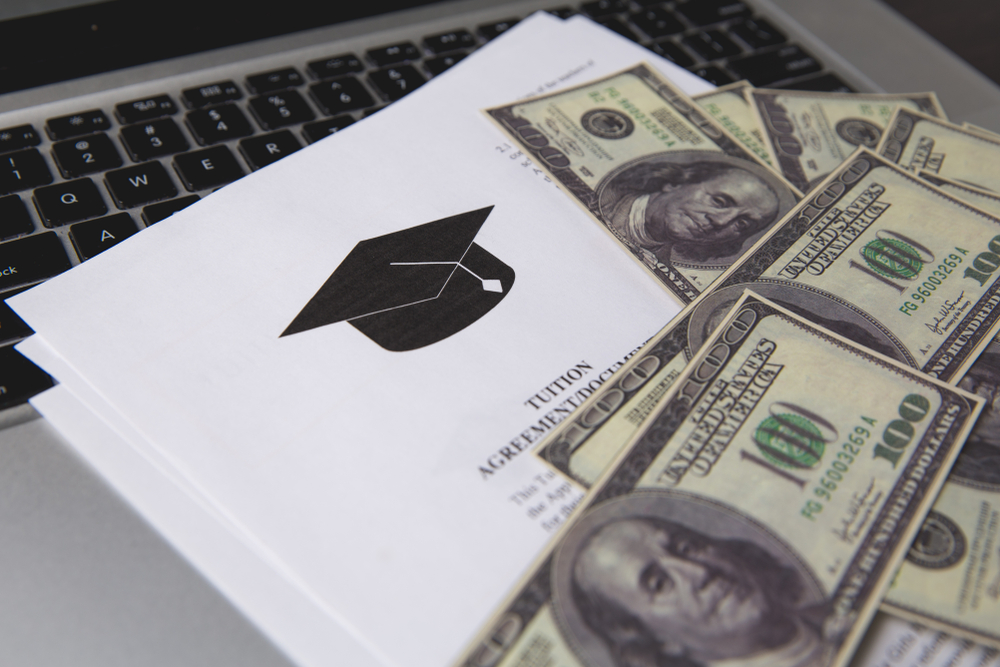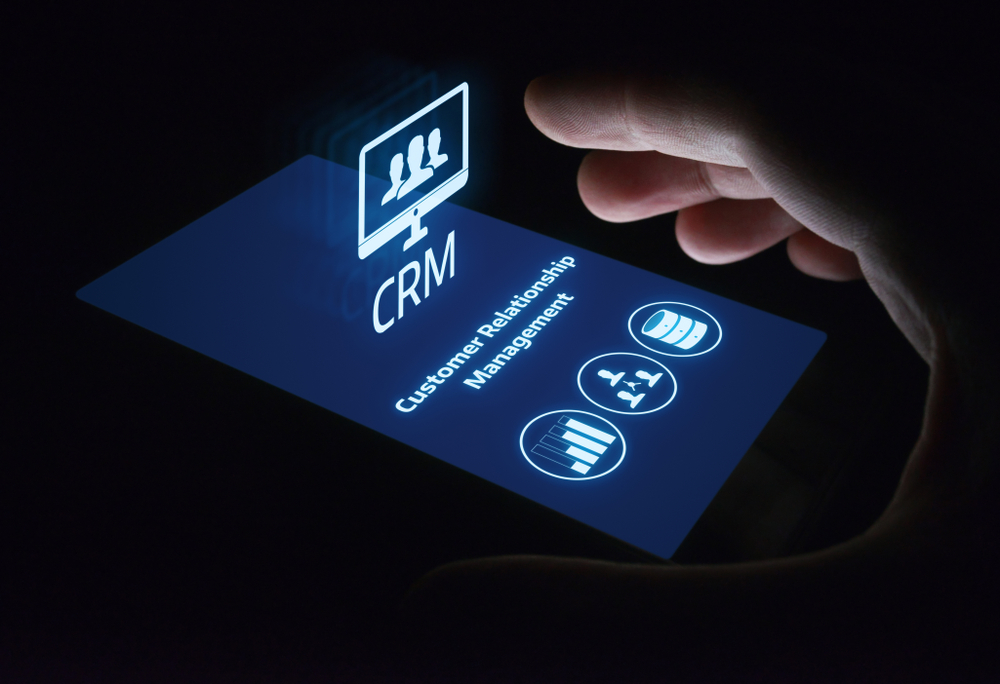Find Student Loan Assistance Programs
Discover various student loan assistance programs designed to help borrowers manage their repayment obligations. Find resources, guidance, and support to navigate repayment options and alleviate the burden of student debt. Explore eligibility criteria and application processes to access financial aid programs that can make your student loan journey more manageable.
In an era where higher education is increasingly necessary for competitive job markets, many students find themselves burdened by the weight of student loans long after they've left the halls of academia. The rising cost of tuition, fees, and living expenses has led to a significant rise in student loan debt, which can be a heavy financial burden for graduates. As a response to this growing issue, student loan assistance programs have emerged as a crucial resource for individuals seeking to manage and repay their student debt. These programs are designed to provide relief and support to borrowers, ensuring that the pursuit of higher education does not become an insurmountable financial obstacle. This article will explore student loan assistance programs, highlight the top offerings in the market, delve into the various types available, and guide individuals on how to get assistance with their student loans.

What are Student Loan Assistance Programs?
Student loan assistance programs are initiatives that help borrowers manage, reduce, or even eliminate their student loan debt. These programs can be offered by federal and state governments, private companies, non-profit organizations, and employers. They are intended to alleviate the financial strain of student loan repayment and can take various forms, such as forgiveness plans, repayment plans based on income, consolidation options, and refinancing opportunities.
Many programs also offer advice and counseling to help borrowers understand their options and make informed decisions about their loans. The eligibility criteria for these assistance programs can vary widely, with some targeting specific professions, income levels, or types of loans. The ultimate goal is to provide borrowers with a more manageable pathway to becoming debt-free, while also encouraging the continued pursuit of higher education.
Top Student Loan Assistance Programs
Several student loan assistance programs stand out due to their accessibility, benefits, and impact. Among the most prominent are:
- Public Service Loan Forgiveness (PSLF): This program is designed for individuals working in public service jobs for government or non-profit organizations. It offers forgiveness of remaining loan balances after 120 qualifying payments under a qualifying repayment plan.
- Teacher Loan Forgiveness: Teachers who work full-time for five consecutive academic years in low-income schools or educational service agencies may be eligible for forgiveness of up to $17,500 on their Direct Subsidized and Unsubsidized Loans and their Subsidized and Unsubsidized Federal Stafford Loans.
- Income-Driven Repayment (IDR) Plans: IDR plans adjust monthly loan payments according to the borrower's income and family size, which can provide significant relief for those with lower earnings.
- Military Service Loan Forgiveness and Assistance: Various branches of the U.S. military offer loan repayment programs as part of their enlistment or reenlistment benefits.
- National Health Service Corps (NHSC) Loan Repayment Program: Health professionals who work in underserved areas might be eligible for loan repayment assistance through the NHSC.
Types of Student Loan Assistance Programs
Student loan assistance programs can take many forms, each tailored to suit different needs and circumstances. Some of the primary types include:
- Loan Forgiveness Programs: These programs typically require the borrower to work in a particular profession or sector for a certain period. In return, a portion or all of the student loan debt may be forgiven.
- Loan Repayment Assistance Programs (LRAPs): Often offered by employers or professional associations, LRAPs provide funds to pay off loans directly or through reimbursement.
- Consolidation and Refinancing Programs: These programs allow borrowers to combine multiple loans into one with a potentially lower interest rate and more favorable terms, making repayment more manageable.
- Income-Driven Repayment Plans: As mentioned earlier, these plans base monthly payment amounts on the borrower's income, offering a more personalized approach to loan repayment.
- Deferment and Forbearance: In certain situations, such as economic hardship or returning to school, borrowers may be eligible to temporarily postpone or reduce their loan payments.
Get Assistance with Student Loans
Navigating the complex world of student loan assistance programs can be daunting for many borrowers. However, there are steps individuals can take to seek out and obtain the help they need:
- Research: Borrowers should start by researching the different types of assistance programs available to them. This includes looking into federal, state, and private programs.
- Consult: Speaking with a financial advisor or a student loan counselor can provide clarity and guidance on which programs are best suited to an individual's specific circumstances.
- Apply: Once the appropriate programs have been identified, borrowers should gather all necessary documentation and apply as directed. This process may involve detailed financial disclosures and proof of eligibility.
- Monitor: After applying, it's essential to monitor the status of your application and remain in good standing with your loan servicer by making timely payments and updating your information as needed.
Offers
One notable offer in the realm of student loan assistance is the promise to "Launch Your Student Loan Repayment Benefit in 24 Hours." This swift setup time is particularly appealing to employers who wish to provide their employees with student loan assistance as a benefit. By offering such programs, employers can attract and retain top talent, demonstrating a commitment to their workforce's financial well-being. The expedited launch process ensures that employees can quickly take advantage of the benefits, reducing the stress associated with student loan debt. For borrowers, this offer represents a tangible step towards financial freedom and a significant addition to their employment benefits package.
Student loan assistance programs are a beacon of hope for borrowers struggling under the weight of educational debt. These programs serve to mitigate the financial pressures associated with student loans, thereby empowering individuals to invest in their futures without the looming anxiety of insurmountable debt. From loan forgiveness for public servants and teachers to income-driven repayment plans and employer-based assistance, there is a spectrum of options available to suit diverse needs.
The challenge lies in navigating this complex landscape and identifying the right program for each borrower's unique situation. With the promise of launching a student loan repayment benefit in just 24 hours, employers are playing an increasingly crucial role in this ecosystem, providing pivotal support to their employees. As we continue to value education and its role in personal and professional development, student loan assistance programs remain an essential tool in ensuring that such investments are sustainable and beneficial in the long run.











